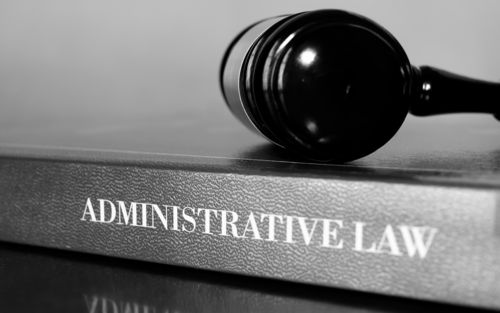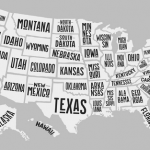What Was The Chevron Doctrine
The Chevron Doctrine was a cornerstone of administrative law in the United States for 40 years. The Chevron Doctrine played a pivotal role in shaping the relationship between the judiciary and administrative agencies, significantly influencing the landscape of federal regulation and administrative governance. The doctrine originated from the landmark Supreme Court case Chevron U.S.A., Inc. v. Natural Resources Defense Council, Inc. decided in 1984. The doctrine established a two-step process for courts to apply when reviewing a federal agency’s interpretation of a statute that it administered. First, courts would determine whether the statute’s language was clear and unambiguous. If it was, the agency had to follow that clear intent. However, if the statute was ambiguous, the court would proceed to the second step, which was to decide whether the agency’s interpretation was reasonable and permissible. This resulted in a long-standing deference given to federal agencies in their specialized areas of expertise and their ability to interpret and implement complex regulatory frameworks. Recently on June 28, 2024 the Supreme Court struck down this long-standing doctrine in Loper Bright Enterprises v. Raimondo.
Synopsis Of Loper
Loper Bright Enterprises and other petitioners challenged a regulation requiring Atlantic herring fisheries to fund costs for on-board observers of fishing boats who were collecting data regarding the catches and monitoring for overfishing. The regulation was promulgated by the National Marine Fisheries Service (NMFS), a federal agency under the Magnuson-Stevens Act. Loper argued that the NMFS exceeded the statutory authority given to the agency. The lower courts, applying the Chevron Doctrine, ruled in favor of the NMFS, upholding the agency’s reasonable interpretation of the statute. The Supreme Court heard arguments on the case on January 17, 2024 and released its opinion on June 28, 2024. Chief Justice Roberts delivered the opinion of the Court, ultimately overruling Chevron and calling the 40-year-old landmark doctrine “fundamentally misguided” and a “rule in search of a justification”.
Reasoning
The Loper opinion discusses various reasons for the overruling of Chevron. Among those is the duty of the judiciary under Article III of the Constitution to interpret the law, a principle dating back to the 1803 case of Marbury v. Madison. The Court emphasized that judges must exercise independent judgment in interpreting statutes, rather than deferring to agencies. The Court added a caveat that although they are no longer required to give deference to the agency, they can still rely on other information at its disposal when deciding the case such as the agency’s “body of experience and informed judgment” (known as Skidmore deference).
The Court references the constant ambiguity and unpredictability of the cases decided under the Chevron Doctrine and the constant revisions required to be made to the doctrine over the years since its initial decision. Justice Gorsuch, concurring with the opinion, penned that, “Chevron has turned statutory interpretation into a game of bingo under blindfold, with parties guessing at how many boxes there are and which one their case might ultimately fall in” to highlight those inconsistencies between the courts.
The Court also relies on the Administrative Procedure Act (APA) itself, reasoning that Section 706, which was enacted with the rest of the APA in 1946, provides for judicial review of agency action. The Court stated that the APA directs courts to “decide legal questions by applying their own judgment”. In further elaboration, the Court explained that agencies do not have special competence in resolving statutory ambiguities, which is a task traditionally and constitutionally assigned to the courts.
Finally, the Court also addressed the issue of no longer following stare decisis (the doctrine of adhering to prior precedent) with this overturn of Chevron by stating, “Proper respect for precedent helps keep the scale of justice even and steady, by reinforcing decisional rules consistent with the law upon which all can rely- [b]ut that respect does not require, nor does it readily tolerate, a steadfast refusal to correct mistakes.” With its decision in Loper, the court buried the Chevron Doctrine, marking a significant shift in the balance of power between federal agencies and the judiciary in the interpretation of ambiguous statutes.
Conclusion
This new landmark decision marks a significant shift in administrative law, emphasizing judicial independence in statutory interpretation and ending a long-standing precedent that had shaped regulatory practices for decades. The decision will likely have broad implications for how agencies implement and interpret laws going forward.
If you have any questions about setting up a business or need a litigator as a result of administrative law issues, our team at SW&L Attorneys can help guide you through the process. To get in touch with our team, call 701-297-2890 or email us at: info@swlattorneys.com.
This article is for informational purposes only and is subject to our disclaimer.










